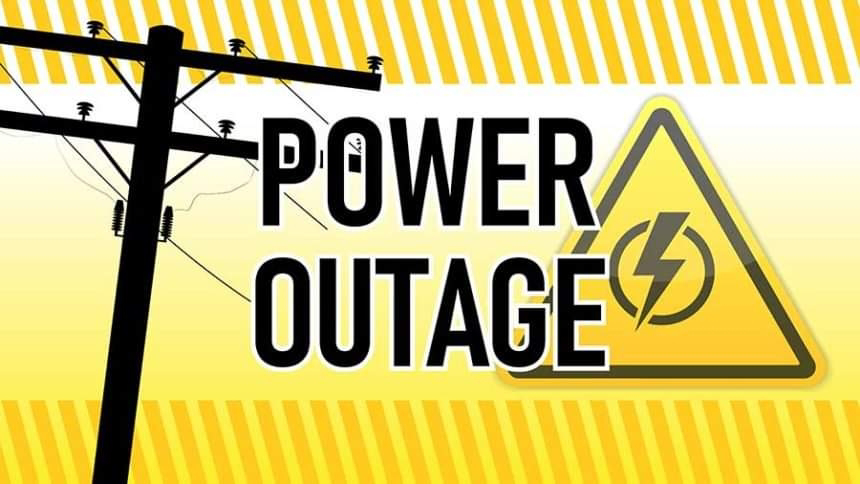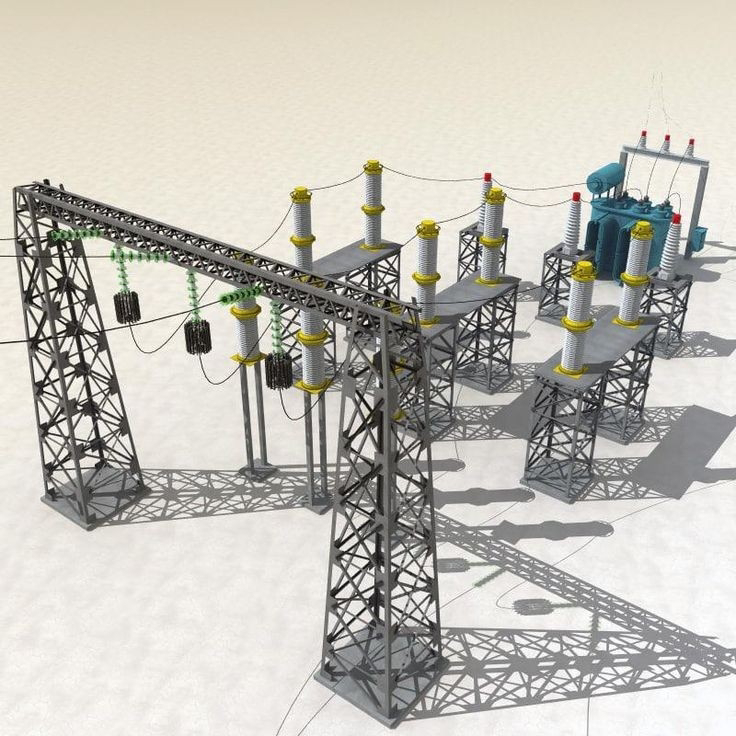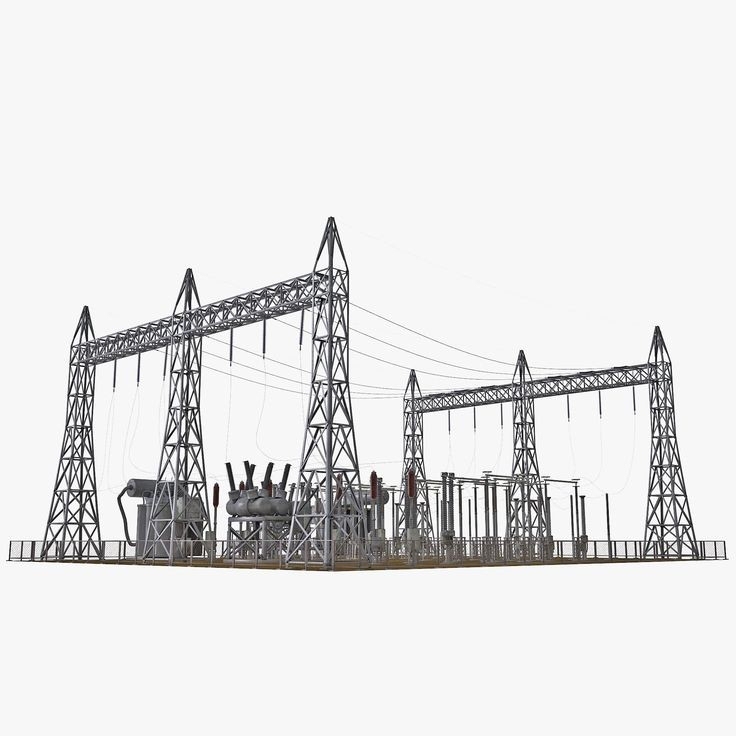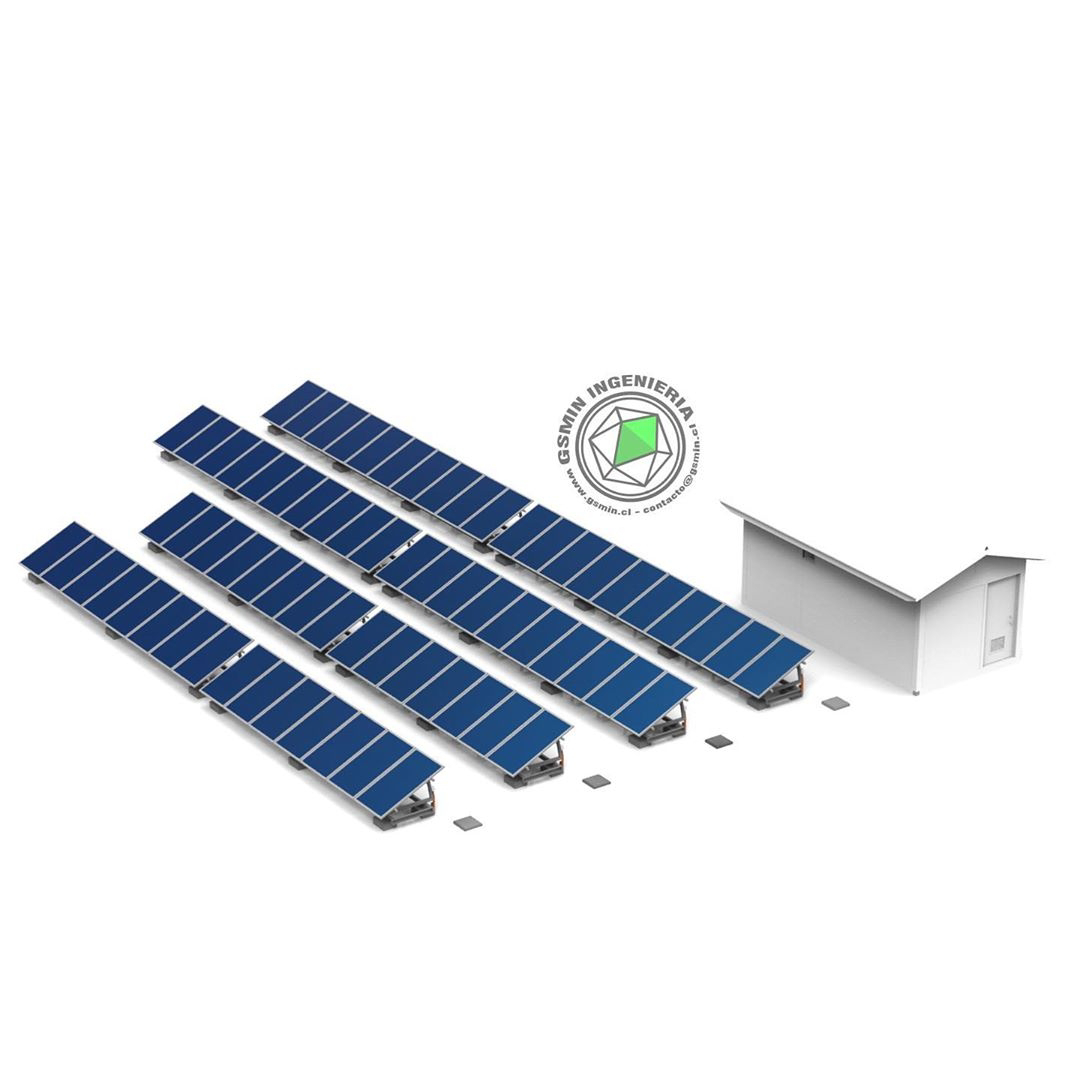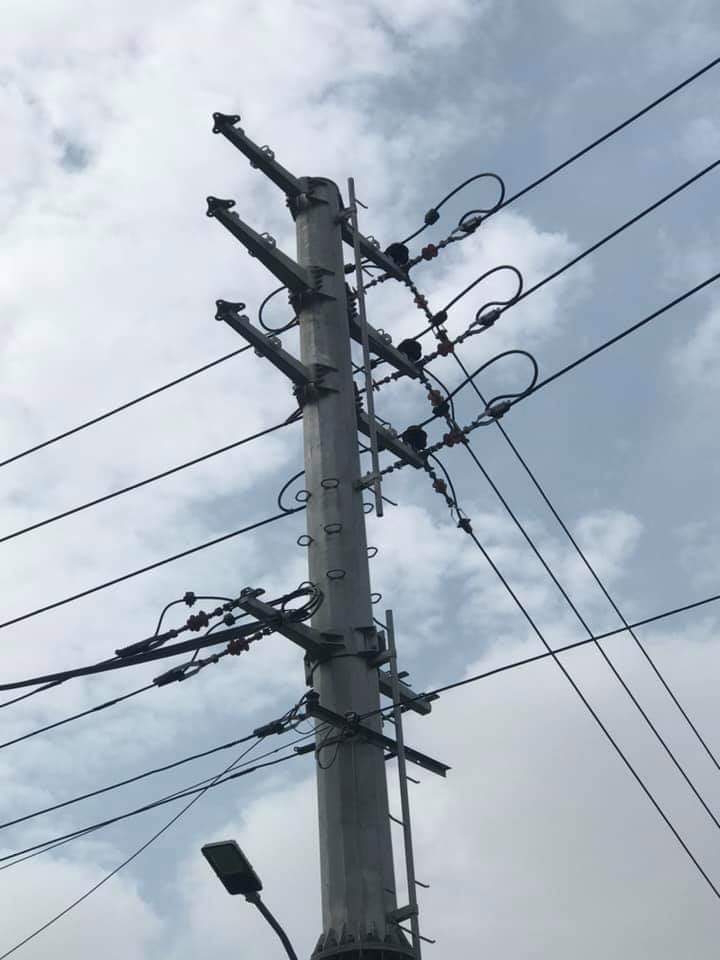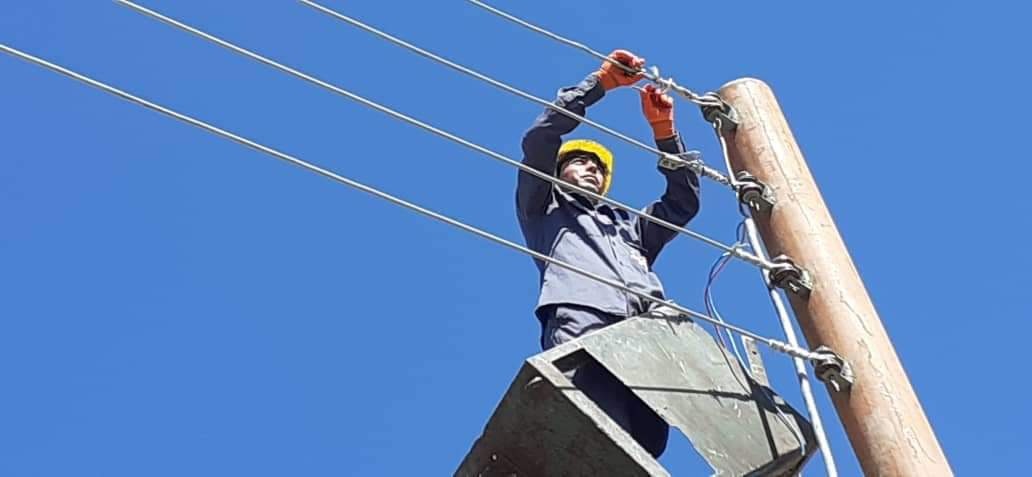Here are some of the common issues that can arise in electrical power distribution systems:
1. Overload: This occurs when the demand for electricity exceeds the capacity of the system. This can be caused by a sudden increase in demand, such as a heat wave or a power plant outage, or by a gradual increase in demand, such as the growth of a city. Overloads can cause voltage drops and outages.
2. Undervoltage: This occurs when the voltage of the electricity is lower than the standard voltage. This can be caused by a number of factors, including overloading, line losses, and bad weather. Undervoltage can cause equipment to malfunction and can be a safety hazard.
3. Outages: This occurs when the electricity is not available to customers. Outages can be caused by a number of factors, including equipment failures, natural disasters, and human error. Outages can be disruptive and can cause economic losses.
4. Power quality: This refers to the quality of the electricity. Power quality problems can be caused by a number of factors, including voltage fluctuations, harmonics, and noise. Power quality problems can cause equipment to malfunction and can be a safety hazard.
5. Cybersecurity: This refers to the security of the electrical power distribution system from cyberattacks. Cyberattacks can cause outages, damage equipment, and disrupt the flow of electricity.
There are a number of ways to address these issues. Some of the most common methods include:
1. Overload protection: This can be provided by using fuses, circuit breakers, and other devices that will disconnect the circuit if the current exceeds the safe value.
2. Undervoltage protection: This can be provided by using surge suppressors and other devices that will raise the voltage to the standard level.
3. Outage protection: This can be provided by using backup generators and other devices that will provide electricity to customers in the event of an outage.
4. Power quality improvement: This can be provided by using filters and other devices that will reduce voltage fluctuations, harmonics, and noise.
5. Cybersecurity: This can be provided by using firewalls, intrusion detection systems, and other security measures to protect the system from cyberattacks.
By addressing these issues, it is possible to improve the reliability, safety, and efficiency of electrical power distribution systems.
Video: https://youtu.be/YWw5W8esJNE
